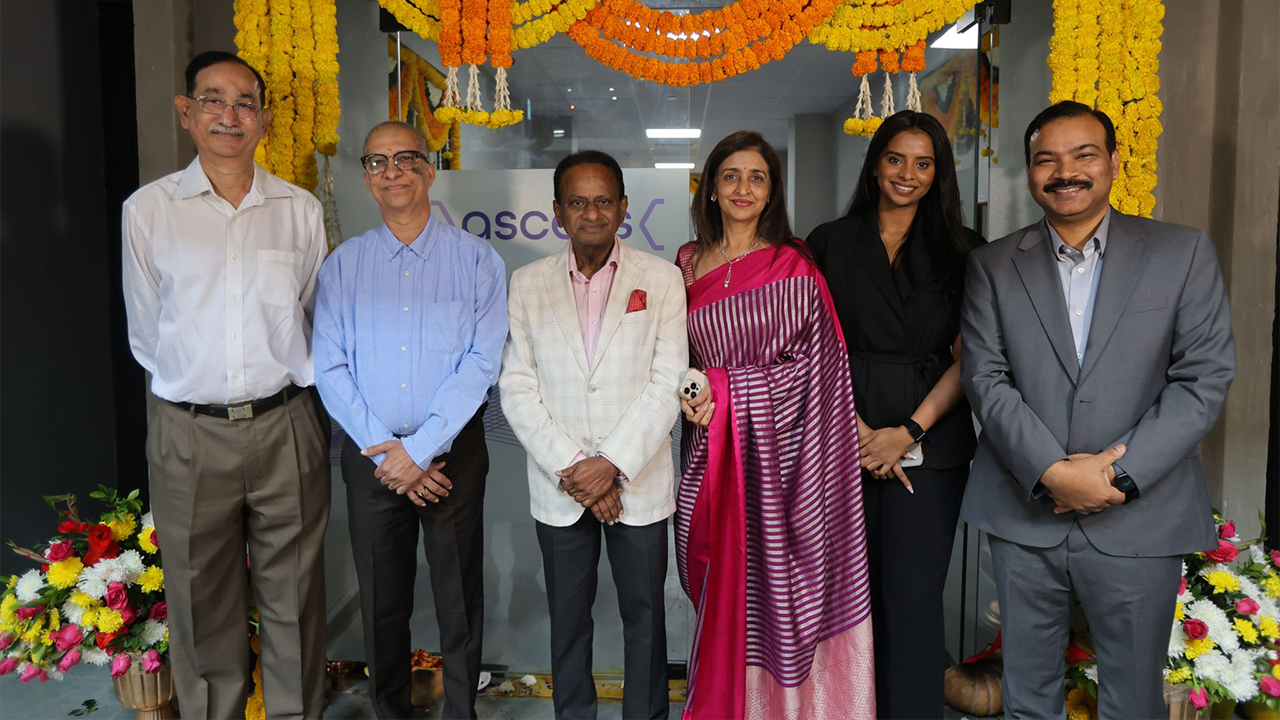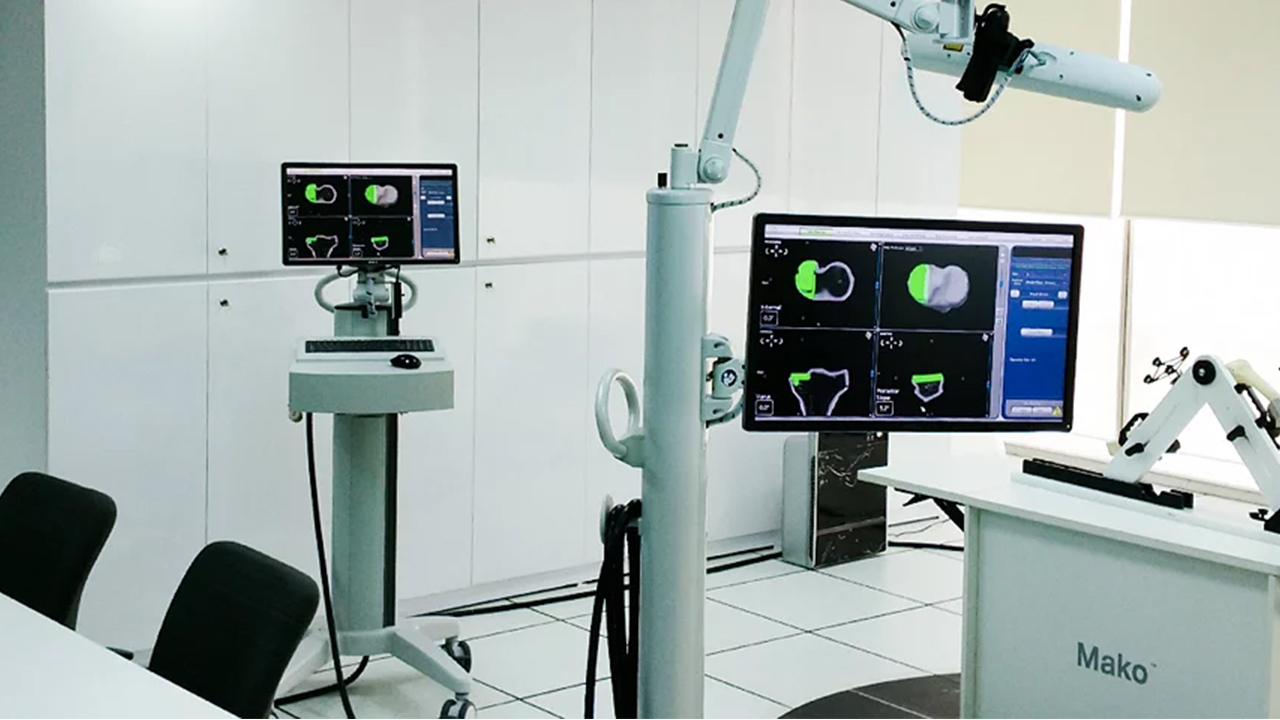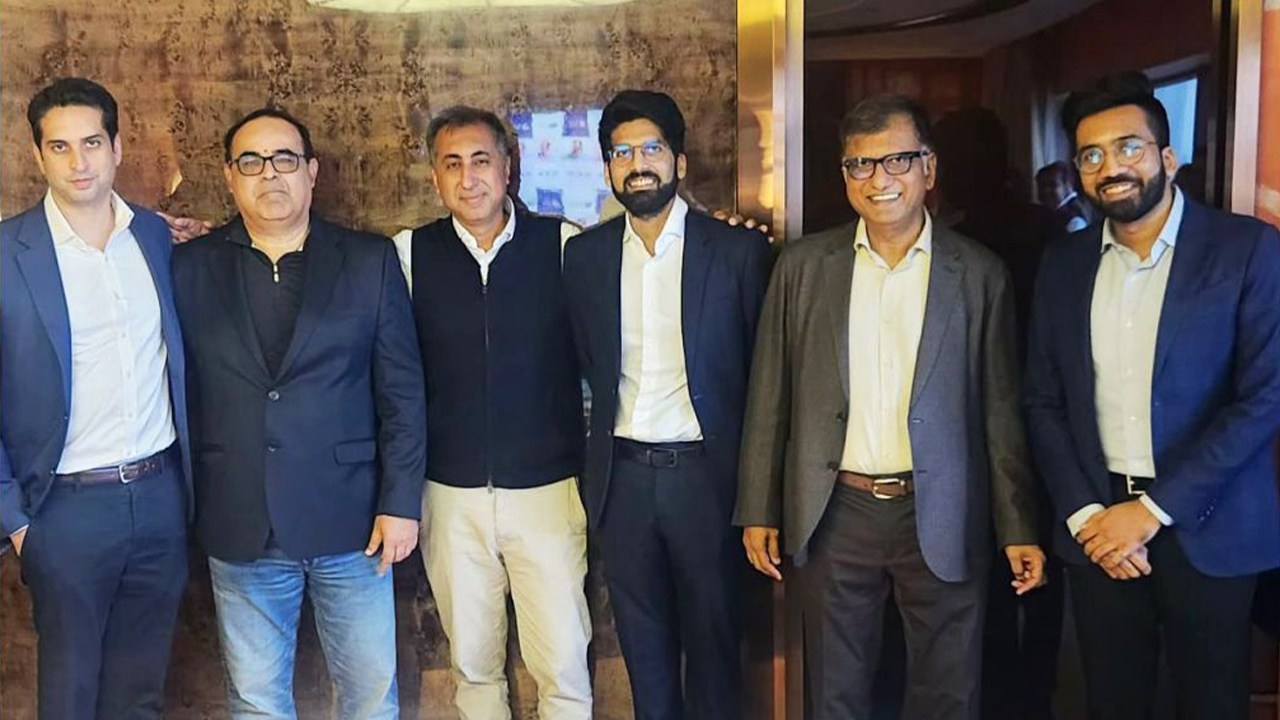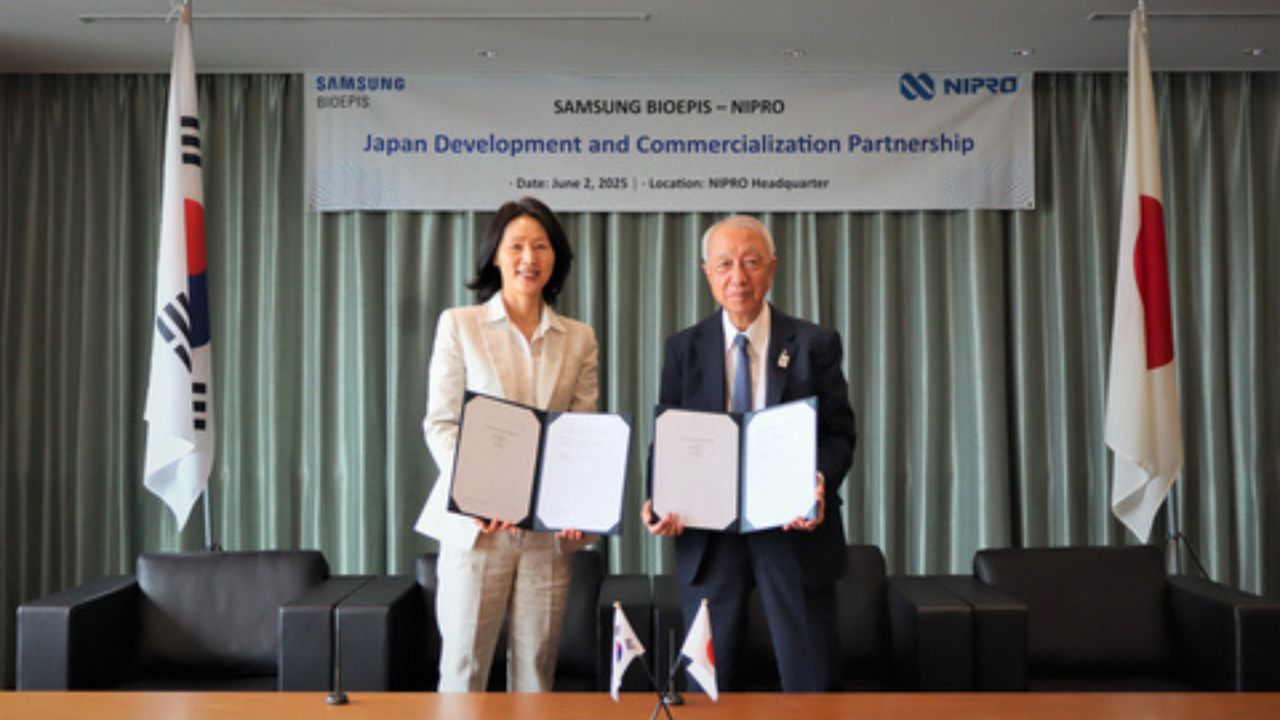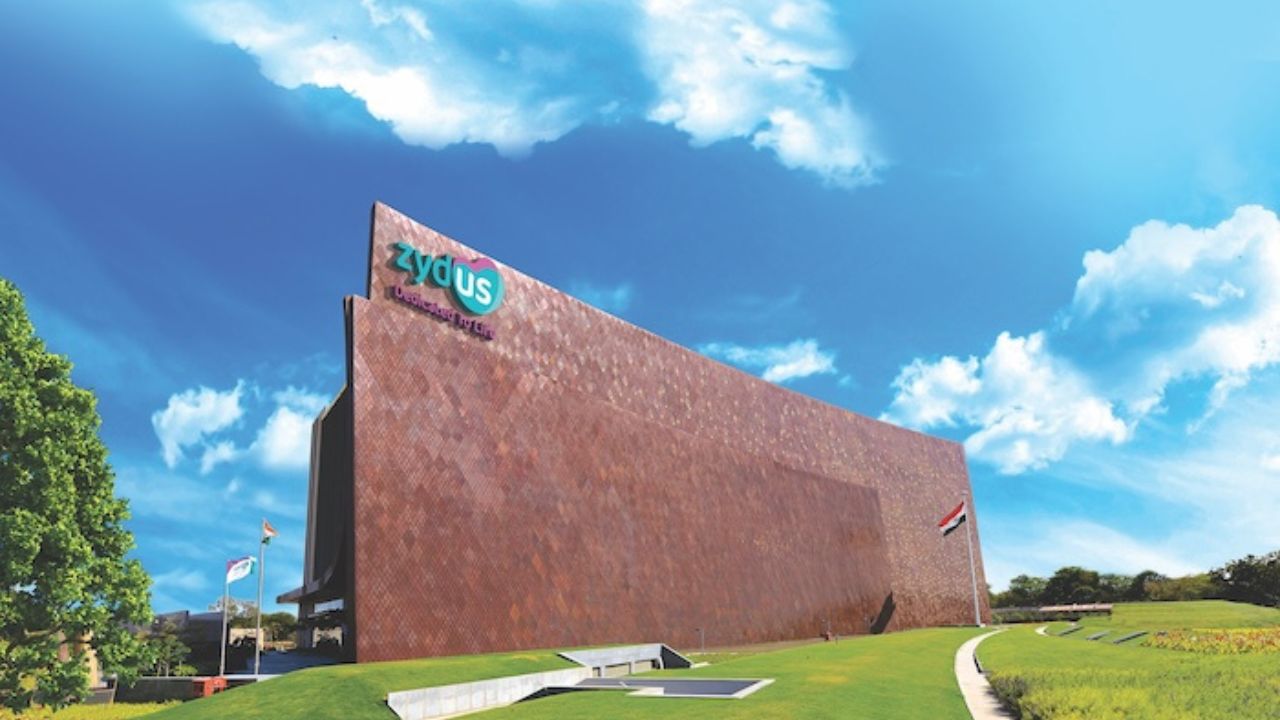Stryker Launches Balloon Implant InSpace to Treat Shoulder Dysfunction
#StrykerInSpace #Stryker #BalloonImplant #ShoulderDysfunction“InSpace is a groundbreaking, first-of-its-kind technology, offering a new, minimally invasive surgical option for surgeons, addressing their unmet needs in MIRCT and potentially providing early functional recovery and pain relief for patients.” - Aman Rishi, Vice President and General Manager for Stryker in India.
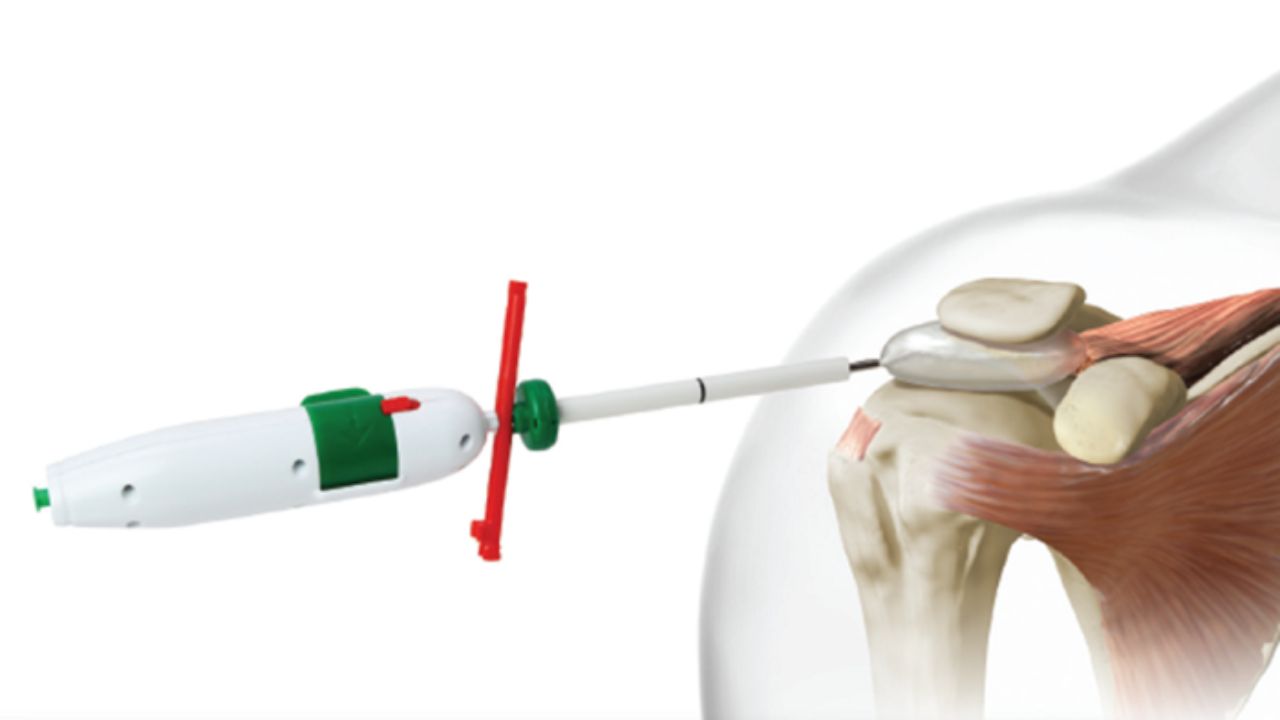
August 2024 : Stryker, a global leader in medical technologies, announced the launch of InSpace, the first balloon implant for arthroscopic treatment of massive irreparable rotator cuff tears (MIRCTs), in India. MIRCTs are one of the most common causes of shoulder dysfunction. InSpace provides a new option for surgeons in their shoulder continuum of care that allows them to better meet the needs of their patients.
The InSpace balloon implant is designed to restore the subacromial space without requiring sutures or fixation devices and has been demonstrated to improve shoulder motion and function.
“InSpace is a groundbreaking, first-of-its-kind technology, offering a new, minimally invasive surgical option for surgeons, addressing their unmet needs in MIRCT and potentially providing early functional recovery and pain relief for patients,” said Aman Rishi, Vice President and General Manager for Stryker in India. “We are committed to the advancement of shoulder arthroscopy and leading the way in the shoulder continuum of care.”
The InSpace balloon implant has a long successful clinical history of over 14 years, 35 peer-reviewed clinical articles, and 41,000 balloons implanted across the globe.
Some of the clinically proven advantages of InSpace are:
● Less invasive, streamlined surgical solution for MIRCTs compared to other surgical treatment options that require fixation devices or grafts.5
● Early, clinically meaningful improvement in shoulder motion and function.5
● On an average, patients showed an increase in range of motion compared to partial repair patients following surgery.
● Demonstrated comparable long-term safety and effectiveness results (compared to partial repair) out to two years.
● Patients demonstrated a high likelihood of clinical success, greater than 87% at two years, in subjects 65 and over.
NEWSLETTER
TRENDING ON PRO MFG
MORE FROM THE SECTION




